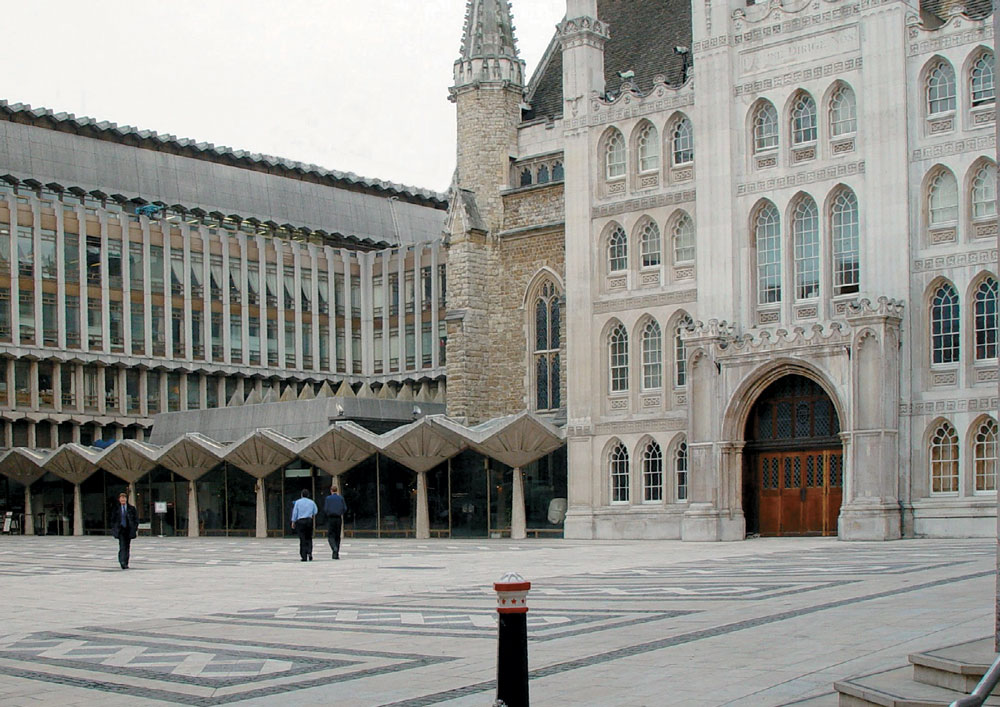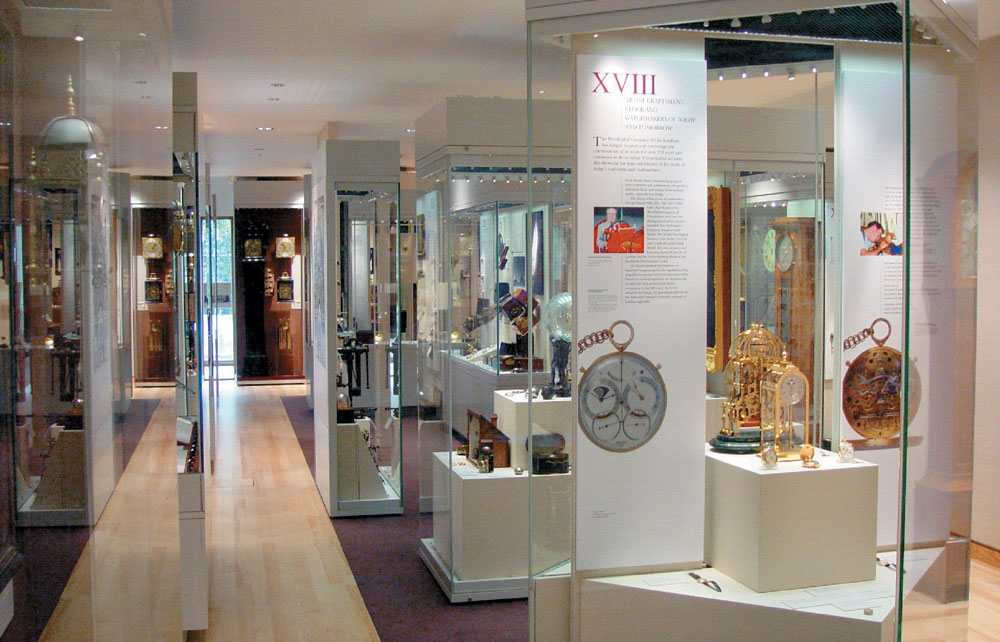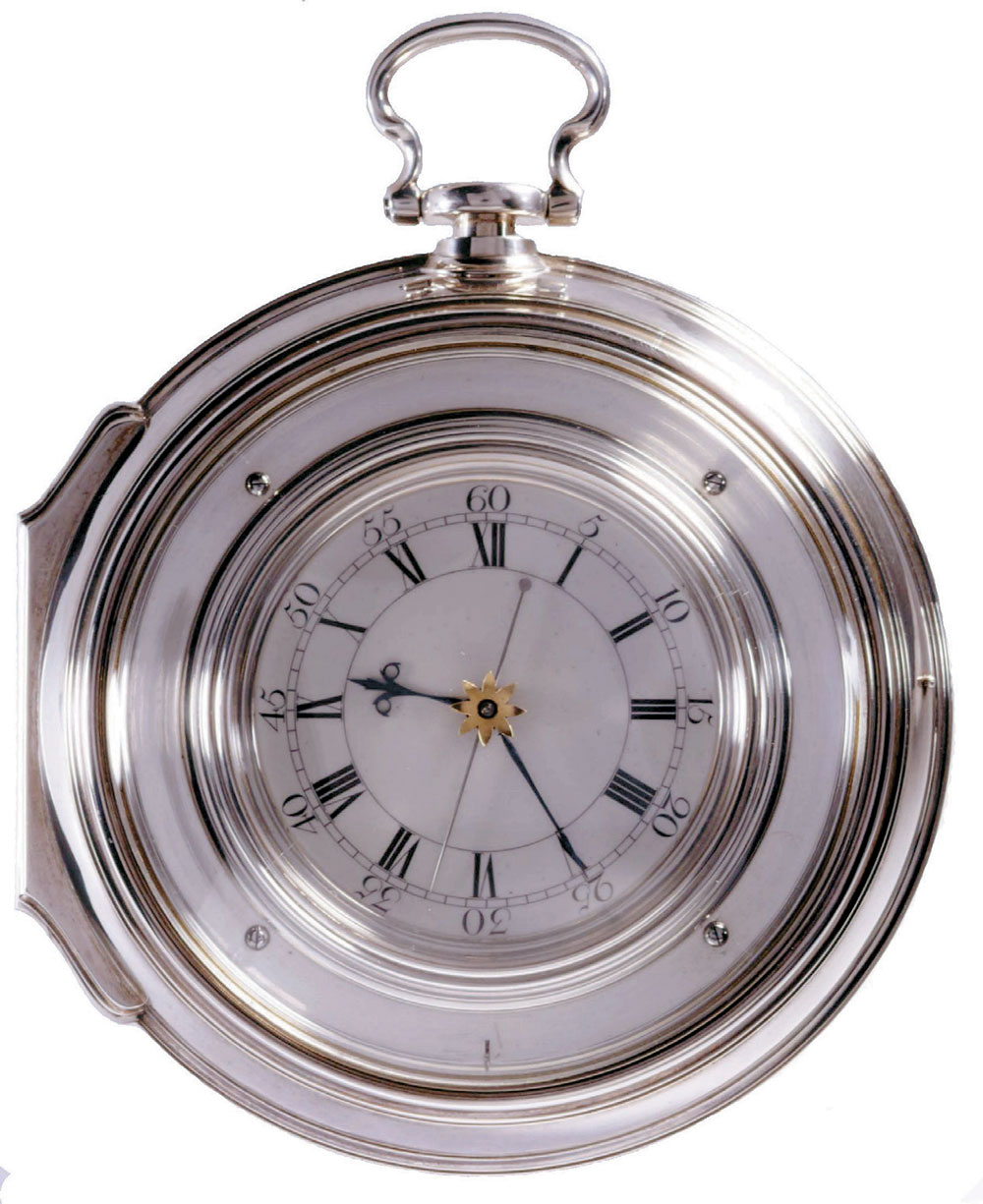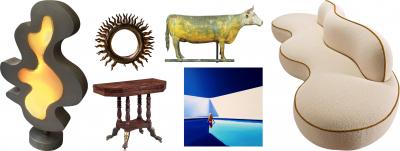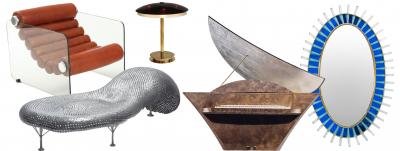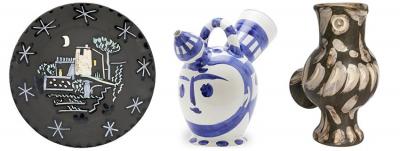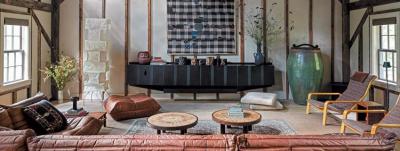Worshipful Company of Clockmakers
The oldest clock and watch collection in the world devoted solely to timekeepers belongs to the Worshipful Company of Clockmakers of the City of London. The collection has recently been entirely re-displayed in the Clockmakers' Museum at the Guildhall Library in London's East End, where it has been housed since 1976. The origins of the company and why, how, and what was collected are here relayed.
Why a Clockmakers' Company?
In the late sixteenth century, a small number of foreign-trained clockmakers worked in London. To practice their craft, they were required to join one of the trade guilds, such as the Blacksmiths', Stationers', or Drapers' Company; no Clockmakers' Company yet existed. Over the first quarter of the seventeenth century, the clock trade strengthened and new English-born clockmakers and support workers such as founders and engravers became established. Two main groups of workers emerged: watchmakers, who also made spring-driven table clocks; and clockmakers, who made the weight-driven wall clocks known then as "house clocks," now called "lantern clocks."
As the demand for clocks and watches grew, more and more outsider and foreign clockmakers came to London to join in the success. The established clockmakers felt threatened and saw the need for a central controlling body to prevent potentially inferior, less expensive products from damaging their livelihoods. Therefore, the Clockmakers’ Company was founded1 as a trade guild to control the training, production, and quality of the clocks and watches made in the City of London, and in 1631 King Charles I granted the guild a royal charter. In return for rigorous protection by the company from outside competition, the members had to submit to strict regulations concerning how they treated their customers, fellow makers, and apprentices, and the standards their work was held to. The 1630s were a productive time for the company and the clock trade was beginning to flourish.
Trouble for the Trade
A setback for the Clockmakers' Guild came with the English Civil War in 1642, which disrupted the entire fabric of English society for half a decade. In 1647 peace was established and there was a return to stability under Cromwell's Commonwealth. A new class of wealthy men emerged having profited from the war and they built or rebuilt estates and furnished them with the latest styles, including clocks. It was during this time that the greatest names in English clockmaking were in their apprenticeships. In 1656 Christian Huygens van Zulichem (1639–1684), the Dutch astronomer and mathematician, successfully applied the pendulum to regulate a clock. This increased the accuracy of the weight-driven clock. A new phase was about to begin.
The Golden Age of Clockmaking
With the death of Cromwell and restoration of the monarchy in 1660, the golden age of English clockmaking was in motion. New forms of clocks incorporating the pendulum were made. The weight driven house clock was still made, but the table or bracket clock and longcase clock were seen for the first time. King Charles II and his court ordered clocks of the latest style for their new palaces and estates. The king took a personal interest in science and art, granting a royal charter to the Royal Society, a college for the promotion of "Phisico-Mathematicall Experimentall Learning" in 1663, and declaring himself as founder. The king also supported the establishment of the Royal Observatory at Greenwich in 1675, the purpose of which was to chart the heavens to aid in navigation and assist mariners with, among other things, calculating their longitude. Horology was integral to astronomy and navigation, and rose to the top of the scientific agenda.
But there were setbacks. In 1665 the plague hit London. Many left the capital while many others died. This was followed in 1666 by the Great Fire of London that burned for over three days and destroyed most of the city, including more than half of the approximately 160 clockmakers' workshops. After the devastation, there was a need to clear, redesign, and rebuild; there was little demand for clock production. City law stated that only craftsmen who were members of one of the companies could legally carry on their trade within the city limits. But there were not enough trained men within the city to deal with the disaster. Therefore, the guild restrictions were loosened to increase the number of builders, carpenters, plumbers, and other craftsman needed to rebuild the city. This diminished the power of London's trade guilds, or livery companies, as they were also known, and they never regained the control they held before the Great Fire. Nevertheless, the clockmaking trade recovered and flourished.
By the late 1670s, the trade was prospering, in part due to further scientific advances: the "recoil" or "anchor" escapement, which allowed a long pendulum in the clock, and the "balance spring," which improved the accuracy of watches. This was the era of the greatest English domestic clockmakers of all time: Thomas Tompion (1639–1713), whose work was unsurpassed and whose patrons included King William III; Joseph Knibb (1640–1711), the most accomplished of the notable Knibb family of clockmakers; and Daniel Quare (1647/8–1724) to name a few.
Birth of the Worshipful Company of Clockmakers' Collection
Clockmakers continued to thrive through the eighteenth and into the nineteenth century. In November 1813, F. J. Barraud, a watchmaker and son of the famous chronometer maker, proposed that the company assemble a library of horological books. A committee was appointed to do so and the library was begun. J. T. Vulliamy, a member of the eminent family of clockmakers who was actually a maker of ormolu mounts, was put in charge, but soon, his brother, B. L. Vulliamy, who held the Royal Warrant as Clockmaker to the King, became the driving force. The books were gathered and stored at the Vulliamy's premises. In December 1814, B. L. Vulliamy purchased "a silver half-seconds beating watch, a pair of regulator pallets and the short duration timekeeper made for Capt. John Constantine Phipps's voyage in the polar regions (1773)" at the sale of the late Alexander Cumming, clockmaker, and these were added to the library. With these purchases the library was no longer confined to books and the addition of horologically interesting objects began.
On July 7, 1817, £20 was voted to Vulliamy to buy a suitable piece of furniture in which to store both library and collection. A second-hand "mahogany bureau and bookcase...all of fine solid wood" made by the celebrated London cabinetmakers Gillows of London in 1795 was purchased and fitted with special locks. It was placed in the King's Head Tavern, where the Clockmakers' Company was meeting at the time, since they had no hall of their own. (This piece of furniture was misplaced in the distant past and through incredible good fortune, was found, recognized, and re-purchased for the collection.)
When Benjamin Vulliamy died in 1854, the driving force was lost and the collection languished until 1871, when it was decided to place both the library and the collection in the Guildhall Library next to the medieval Guildhall in the City of London. Over the years, many purchases and donations were made. In 1891, the company agreed to buy John Harrison's (1693–1776), fifth and final marine timekeeper (above), one of a series designed to determine longitude at sea, along with his manuscript drawings and notes. The collection also has Harrison's personal regulator demonstrating three of his most important inventions: oil free bearings, his "grasshopper" friction free escapement, and temperature compensation pendulum. Many gifts and personal collections were given in the last quarter of the nineteenth century including a four-month duration clock movement by Thomas Tompion, chronometers, watches, sundials, and watch keys.
The collection now has on view about 1,000 watches, clocks, and important marine timekeepers. Among these are house or lantern clocks by the earliest makers, such as Francis Foreman (w. ca. 1620–1649) and Peter Closon (w. 1631–ca. 1663). There are watches and clocks by Thomas Tompion and a monumental year-going timepiece by Daniel Quare, made for a visit by King William III to Herefordshire. Most are English but the best of European watchmakers such as Breguet, Motel, and Margotin are represented. A small number of tools are shown, as well as sundials and a very fine watch key, fob, and seal collection. More recent examples are the watch worn by Sir Edmund Hillary when he reached the summit of Mount Everest on May 29, 1953, and watches by the celebrated living English watchmaker, George Daniels (b. 1926).
A Trip in Time
When most people visit London, they stay in the West End where the tourist destinations prevail: theater, restaurants, shops, hotels. But the true City of London is towards the East End, a short Underground ride away. Remains of medieval times that escaped the fire and both world wars can be seen there. There are many churches designed by Sir Christopher Wren, including St. Paul's Cathedral. Several museums can be found within a short distance of the Clockmakers' Company Collection at the Guildhall. The remains of the east gate of London’s Roman amphitheatre and the Guildhall Art Gallery are together in the same complex, as well as the medieval Guildhall itself. The Museum of London, which tells the story of London from Roman to modern times is an easy walk, as is The Bank of England, which has a wonderful display of currency.
The Clockmakers' Company Collection at the Guildhall can be viewed Monday to Friday, from 9:30 a.m. to 4:30 p.m., except holidays, and is free to the public. The Guildhall Library, which houses the books and manuscripts of the company as well as materials relating to the history of London, is open the same days, from 9:30 a.m. to 4:45 p.m.
This article has been adapted from The Clockmakers of London by George White (Worshipful Company of Clockmakers: London, 1998). More information is available on the website: www.clockmakers.org. We wish to thank Jay Stiefel for his encouragement and suggestions and Pamela Mones for help in organizing this article.
-----
Richard Alan Mones is an American collector and Freeman of the Worshipful Company of Clockmakers. Sir George White is Curator and Past Master of the Worshipful Company of Clockmakers, London.















